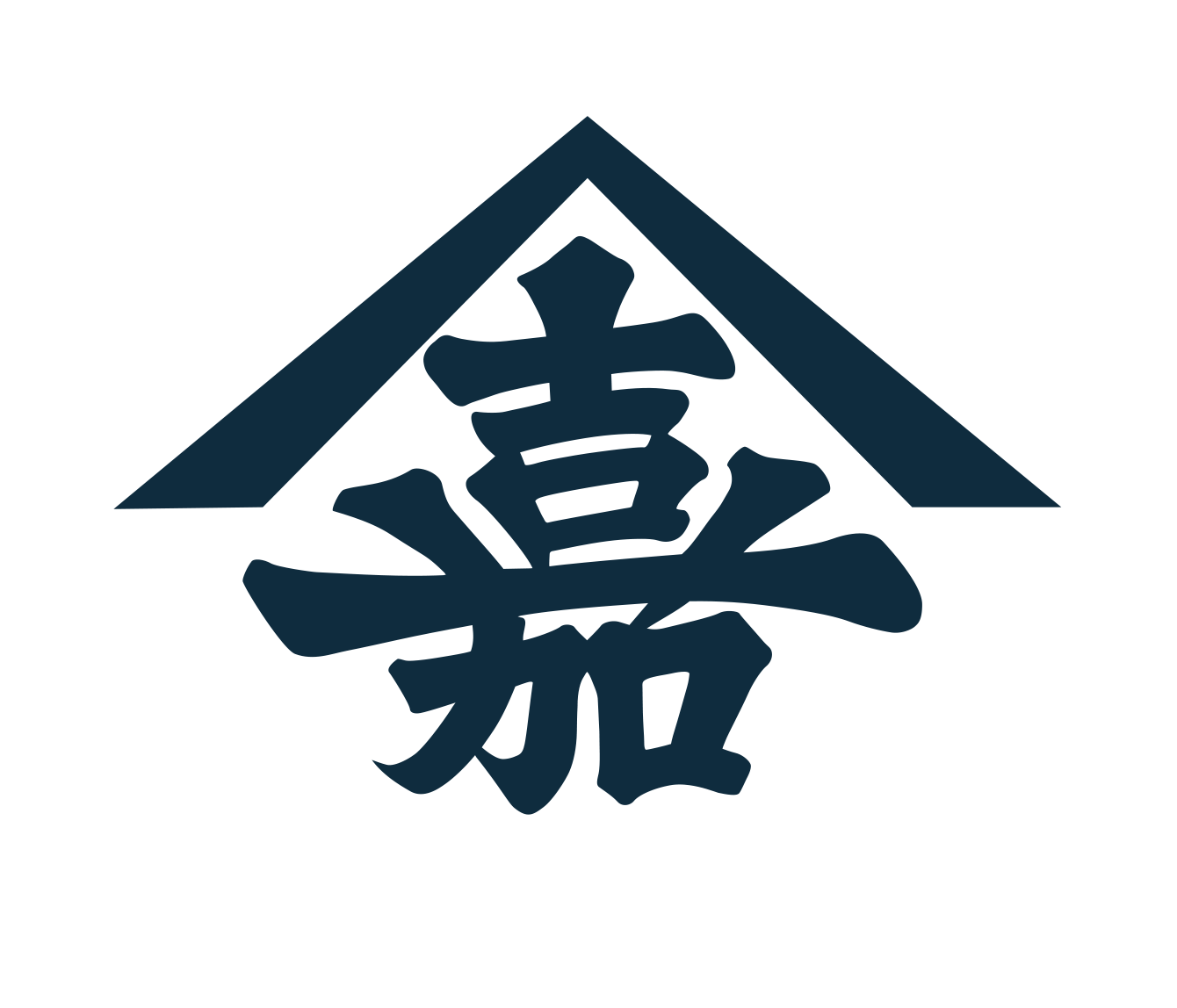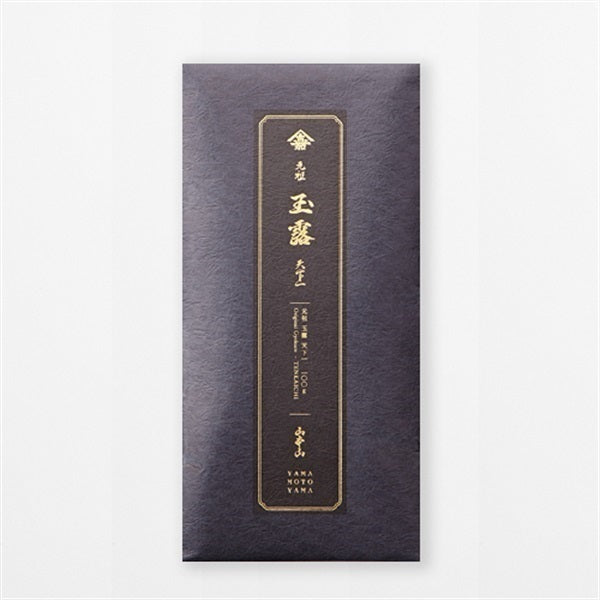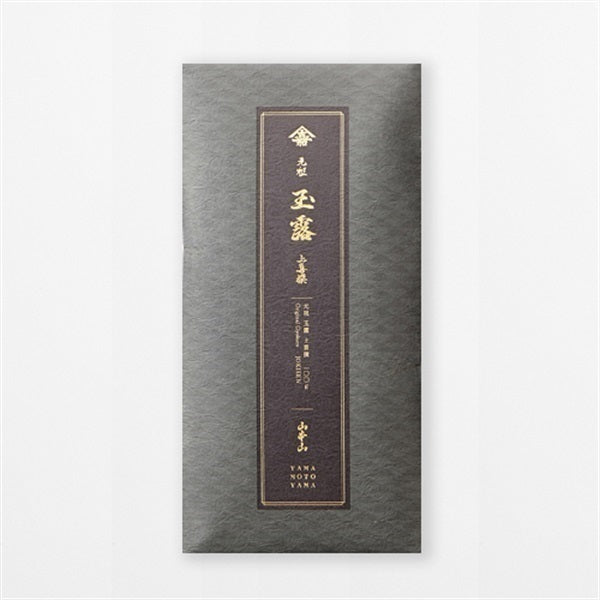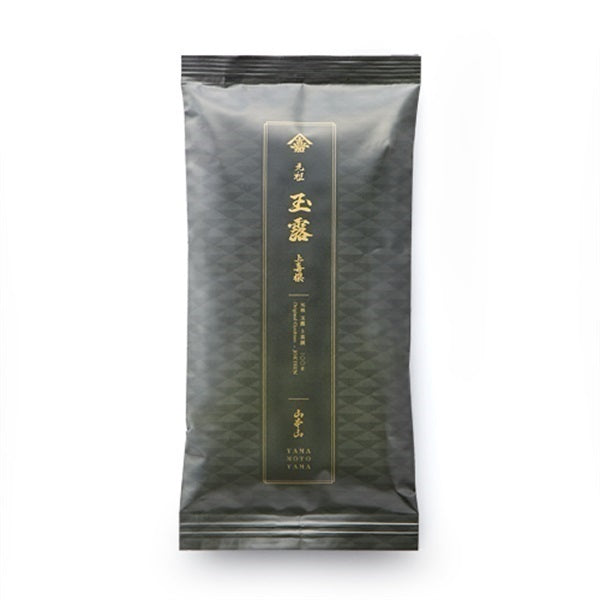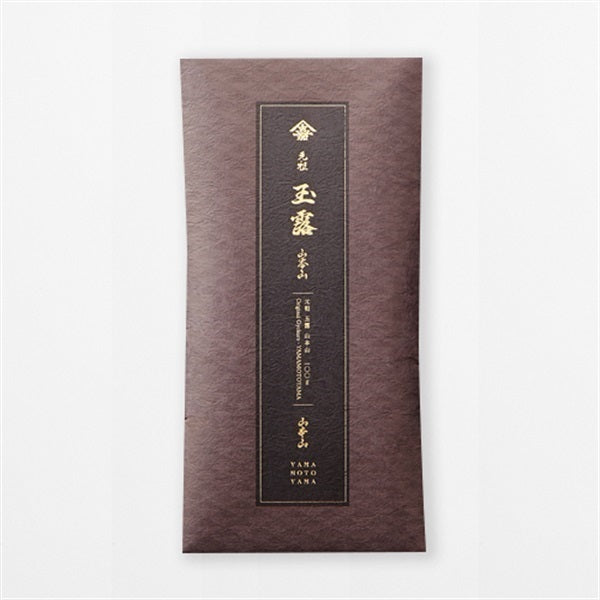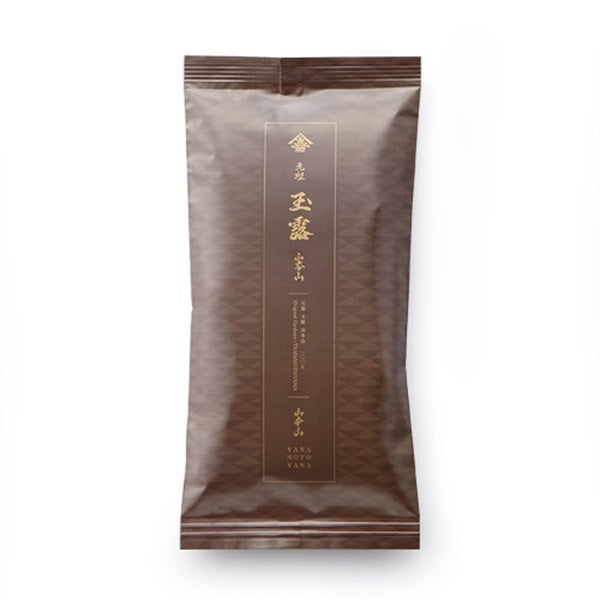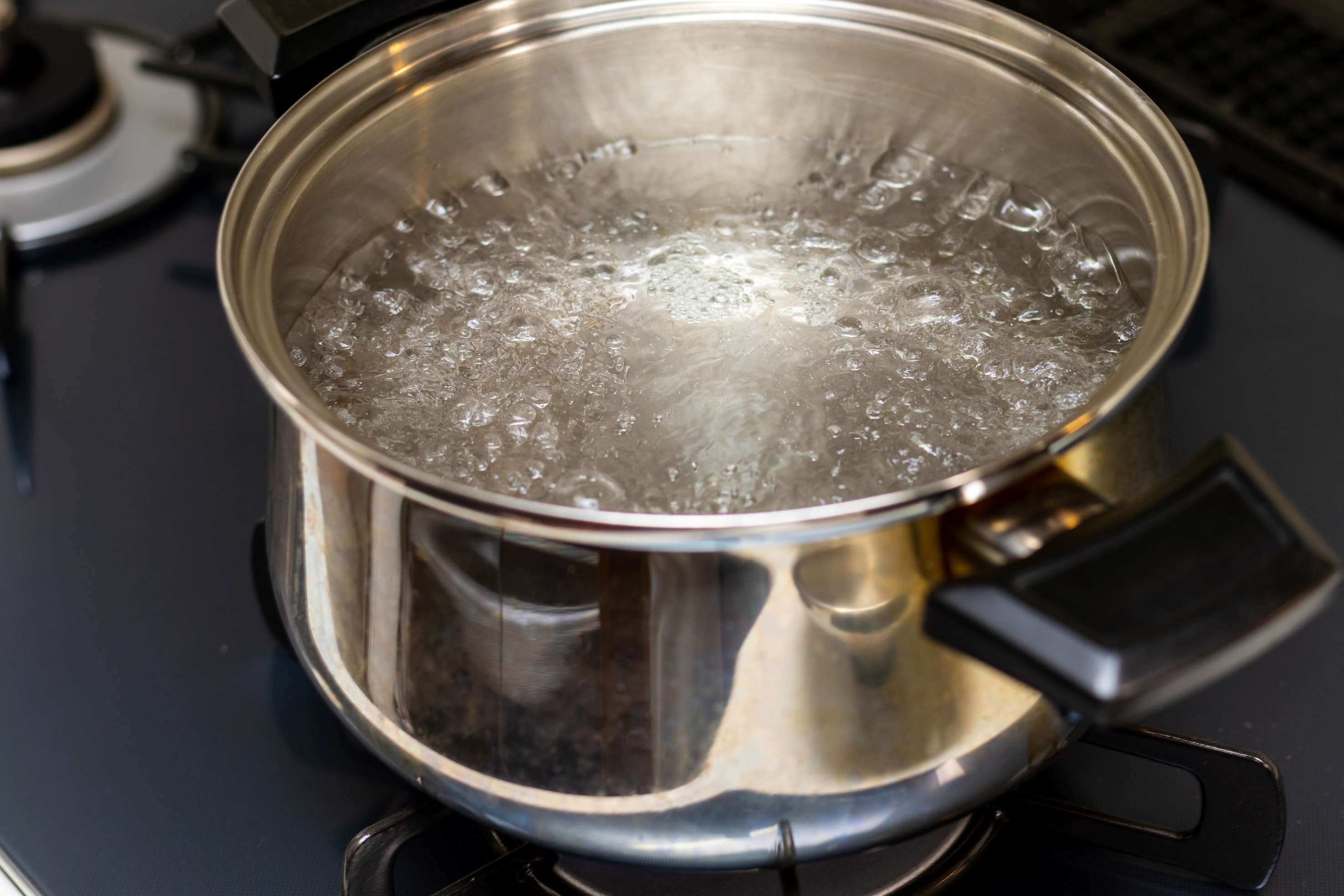
Haagen-Dazs' new "Gyokuro" flavor is a hot topic! What exactly is the luxury tea "Gyokuro"? How is it different from regular tea?
Introduction
On the 22nd of this month, Haagen-Dazs will be releasing a new "Gyokuro" flavor.
You may be wondering, "What kind of tea is gyokuro?" and "How is it different from regular tea?"
In fact, it was Yamamoto Kahei Tokuo, the sixth head of Yamamotoyama, who gave birth to Gyokuro. He named it Gyokuro after the nectar-like, ball-shaped tea leaves.
This time, Yamamotoyama, the creator of Gyokuro, will introduce you to the profound world of Gyokuro.

Why is Gyokuro so expensive? The secret lies in its unique cultivation method
Gyokuro is known as the highest quality green tea among many others.
However, the type of tea leaves used and the manufacturing method are not significantly different from regular sencha.
In fact, various varieties are cultivated for gyokuro, including the most common "Yabukita," as well as "Gokou," "Samidori," and "Saemidori." The manufacturing process after picking is the same as that for sencha.
So what exactly makes gyokuro so special?
The answer lies in how the tea plant is cultivated.

While regular sencha is grown in the open air, where it is exposed to plenty of sunlight, gyokuro is grown using a unique method called covered cultivation.
This involves covering the entire tea plantation with straw or cheesecloth (black cloth) when the new buds begin to open, and then shading the tea from sunlight for around 20 days.
This covering period is a very important factor that determines the quality of gyokuro.
If the period is too long, the new shoots will not grow sufficiently and the tea plants will become weak, so the artisans must carefully monitor the growth of the tea leaves every day and cover them at the optimal time, requiring exquisite judgment.

Of course, the cover doesn't just go away once you put it on.
For example, in the early stages of covering, the shading rate is kept to around 50%, and then that rate is gradually increased to 98% while checking the growth status of the tea leaves. Each tea plantation takes painstaking care based on many years of experience.
This meticulous cover cultivation is the key to producing the deep flavor and mellow sweetness that are characteristic of gyokuro, as well as its unique "covered aroma."

A miraculous taste born from blocking light
The main purpose of cover cultivation is to change the components of the tea leaves by blocking sunlight.
Normally, when exposed to sunlight, the production of the bitter component "catechin" is suppressed, and instead the umami component "theanine" accumulates in abundance.
It is this theanine that gives gyokuro its distinctive mellow, rich flavor and sweetness, and also creates a unique aroma called "oika," which resembles green laver.

The origin of the name Gyokuro and the aging technique
The beautiful name "Gyokuro" is said to have been given to the tea by Kahei Yamamoto, the sixth generation owner of Yamamotoyama, a long-established tea merchant in Edo, after observing the way the tea leaves were roasted into round, dew-like shapes during tea processing.
In some tea producing areas, the harvested tea leaves are left to mature in a storehouse for several months, which further enhances the aroma and allows the flavor to permeate the entire tea leaf, resulting in an exquisite taste.

Brewing method to bring out the best flavor
The way it is brewed is also very different from other green teas.
For regular sencha, brewing it at a slightly higher temperature of around 80°C brings out the aroma better and allows you to enjoy a good balance of astringency and umami.
However, if you pour the same hot water over gyokuro, the bitter component catechin will dissolve before theanine, the umami component unique to gyokuro, can be fully extracted.
This will ruin the mellow flavor of gyokuro and make it taste very bitter.

The trick to brewing delicious gyokuro is to use low-temperature water, around 50 to 60 degrees Celsius, and extract it slowly for about two and a half to three minutes.
Brewing at this temperature allows the theanine to dissolve efficiently, bringing out the deep umami and melting sweetness that are unique to gyokuro.

Furthermore, when brewing gyokuro, it is common to use a rounded teapot called a hohin, which is different from a regular teapot.
The trick to brewing gyokuro is to keep it at a low temperature of 50-60°C, but the Hohin teapot is not hot even when held directly in the hand, allowing you to feel the perfect temperature on your skin. Its flat shape also helps spread the tea leaves evenly, allowing for efficient extraction of the umami component, theanine.

Gyokuro's nutritional components and health benefits
Gyokuro is rich in two key ingredients that gently balance the mind and body.
One of them is theanine, a type of amino acid.
Numerous studies have shown that theanine can have a deep relaxing and stress-reducing effect, so effective in fact that it is even included in supplements to improve sleep quality.
In addition, theanine has been reported to suppress the secretion of stress hormones and moderate increases in blood pressure.

Another important ingredient is caffeine.
Gyokuro is also very rich in caffeine, with the amount being about eight times that of regular sencha and nearly three times that of regular coffee.
For this reason, Gyokuro is also known as "Japan's traditional energy drink." It is the perfect morning drink to wake you up, and is especially recommended for those who tend to feel tired or sleepy upon waking up.

In this way, Gyokuro is the ideal tea, allowing you to enjoy both the pleasant relaxing effect of theanine and the clear awakening effect of caffeine at the same time.
This unique balance perfectly meets the complex needs of modern people who want to "relieve tension while increasing concentration."
For example, Gyokuro will be a great ally in situations where you want to remain calm and perform at your best, such as before an important presentation, interview, or exam.

Finally
Gyokuro is a rare, high-quality tea that is only produced in limited areas because its cultivation and production process require time and effort.
If you've become interested in gyokuro after trying Häagen-Dazs, be sure to visit Yamamotoyama, the birthplace of gyokuro, and experience the profound world of authentic gyokuro.
You'll be able to experience a special cup of coffee that is different from ice cream.
